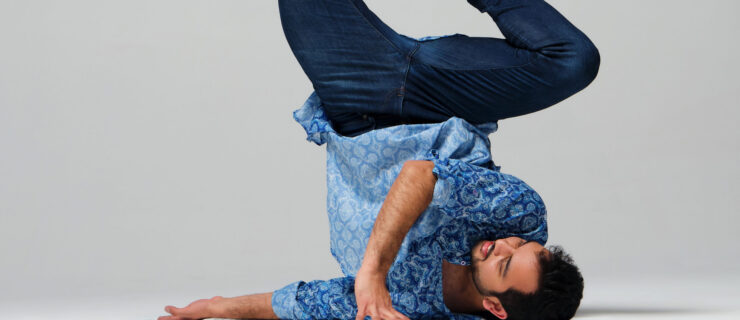Should You Go to the ER? How to Figure Out Where You’ll Get the Best Care for Your Injury
You had a rough rehearsal. Your foot, which has been bothering you on and off for months, is really hurting today. What do you do? For many dancers, it seems, the answer is “Go to the emergency room.” That’s according to a study recently published in the journal Sports Health.
Joshua Honrado, an athletic trainer at NYU Langone’s Harkness Center for Dance Injuries, conducted the study as a project for his doctorate in athletic training. He and his colleagues found that, between 2014 and 2018, there was a 19.2 percent increase in the number of dancers seeking care in emergency rooms. According to Honrado, this trend goes all the way back to 1991. “We know that a high percentage of these injuries are within the lower extremity and that they’re chronic in nature, mostly sprains and strains, and that adolescents report to the emergency room more than any other age group,” he says.
But is going to the ER the right choice when you’re dealing with a chronic injury? Not necessarily. In fact, dancers would likely get better—and more cost-effective—care if they saw an orthopedic physician, a physical therapist or an athletic trainer instead. So how do you know when an injury requires a trip to the ER and when it can wait for an appointment?
Nagging Pains? See a Specialist.
If you’re having minor pain, it’s okay to wait to see if it improves—but not too long. “If it lasts for longer than two weeks, you should get it checked out, but that doesn’t mean you need to go to an emergency room,” says Honrado. If you go to an ER for an injury like this, they will usually refer you to an orthopedic specialist, so you can contact one on your own instead. (You can find specialists through the International Association for Dance Medicine & Science or Doctors for Dancers.) If you have an established relationship with a physical therapist or an athletic trainer, seek their advice.
“Physical therapists and athletic trainers aren’t able to provide a medical diagnosis for an injury, but they are able to evaluate to determine whether further medical care is needed or whether the injury can be managed with conservative care,” says Honrado. He adds that research shows that around 98 percent of injuries are able to be managed with conservative care, referring to treatment that avoids surgery or other invasive procedures. For dancers, this would include things like physical therapy and movement modifications.
When It’s an Emergency
Just to be safe, says Honrado, you should get immediate treatment for any acute injury. In his study, the most common injury dancers sought ER treatment for was an ankle sprain. This is a tricky one: Minor sprains aren’t an emergency, but a severe sprain can involve a fracture, so go ahead and seek care right away.
“If it’s available, urgent care can do a lot of the things that an emergency room can,” says Rajwinder Deu, MD, assistant professor of orthopedic surgery at the Johns Hopkins School of Medicine. Urgent care is usually cheaper than the ER, though dancers without health insurance may sometimes need to go to the ER, since hospitals generally aren’t allowed to turn patients away.
If you can’t bear weight on the affected limb, that’s another sign it’s time for immediate attention, says Deu. Joint dislocations, fractures and deep lacerations also need urgent treatment. If you take a really hard fall, especially from a height, you may need to get checked out for internal injuries, or a concussion if you develop a headache. “Any time a dancer has chest pain, or feels they’re having difficulty breathing, these are things that would be appropriate for the emergency room,” Deu says.




